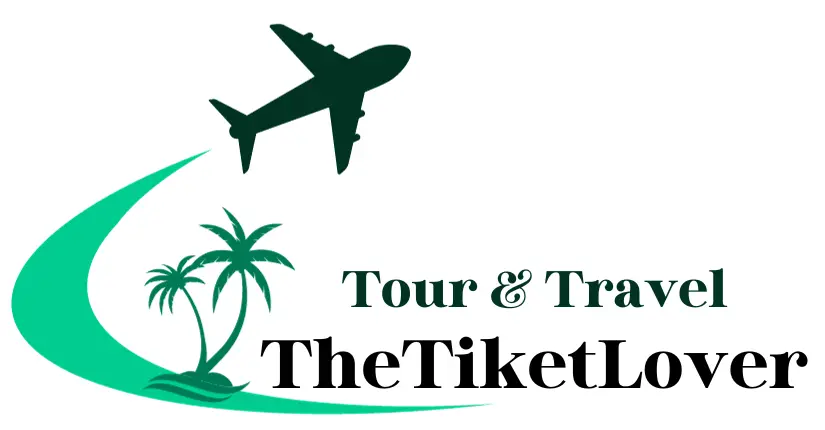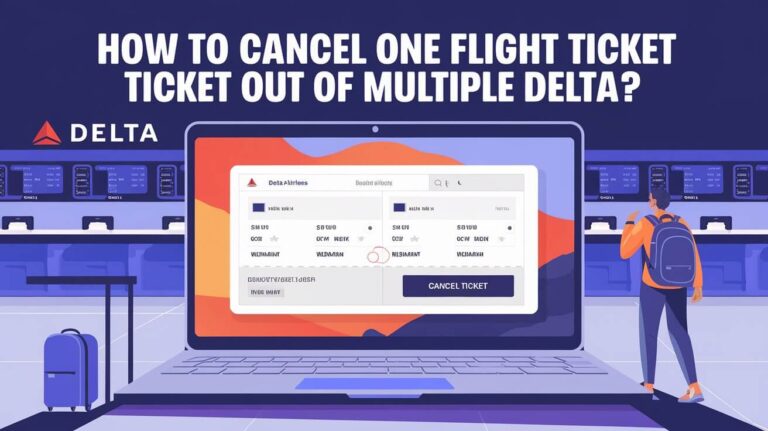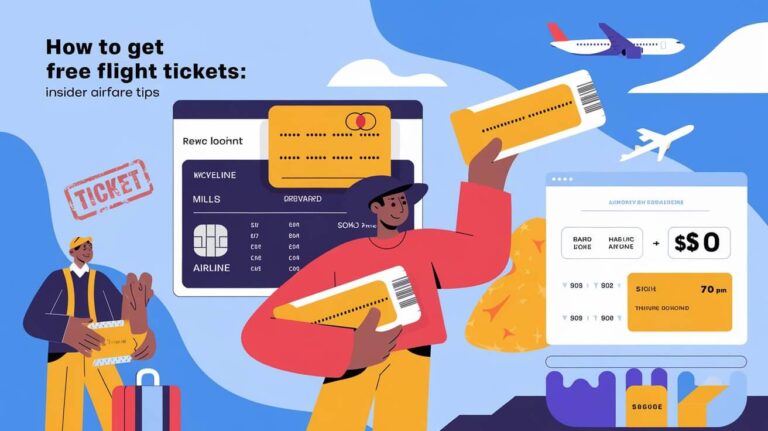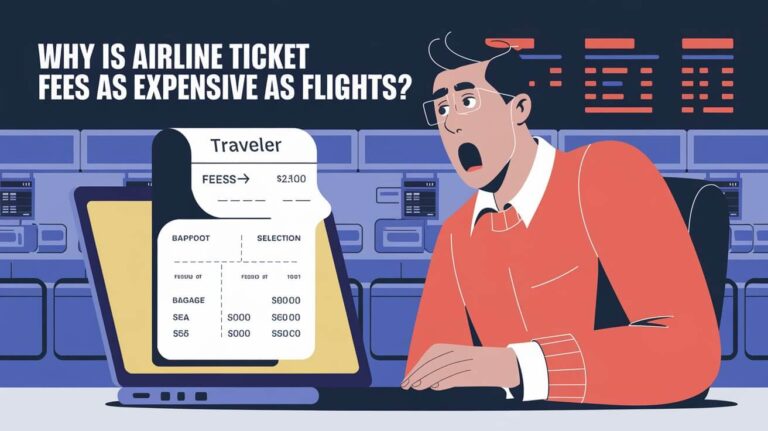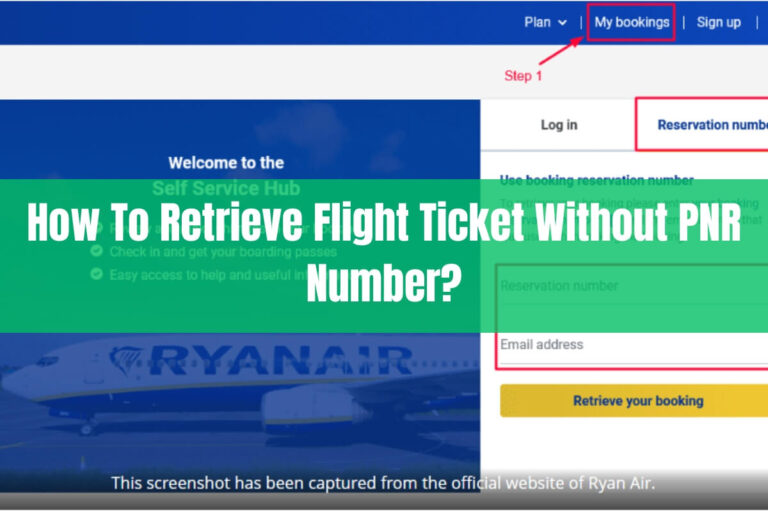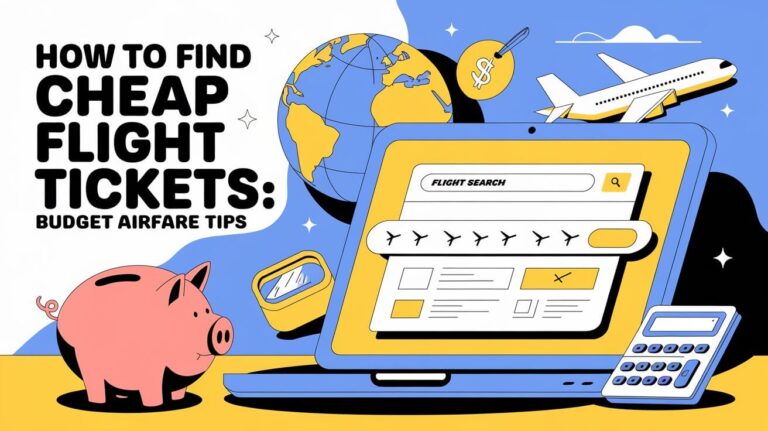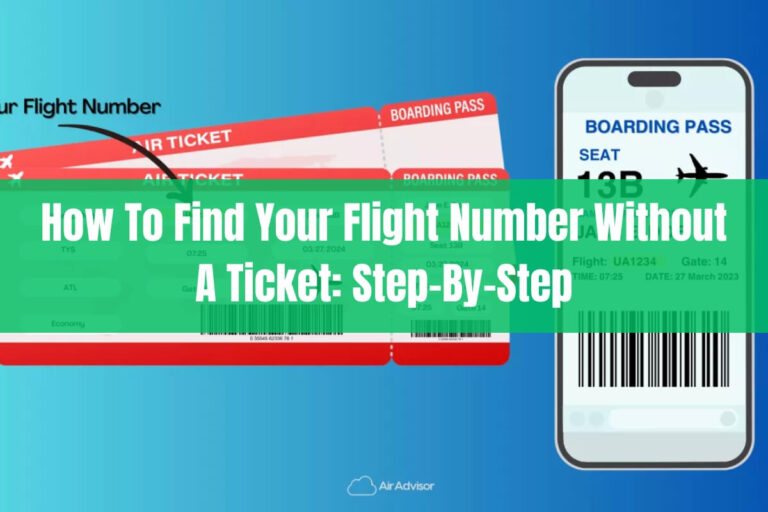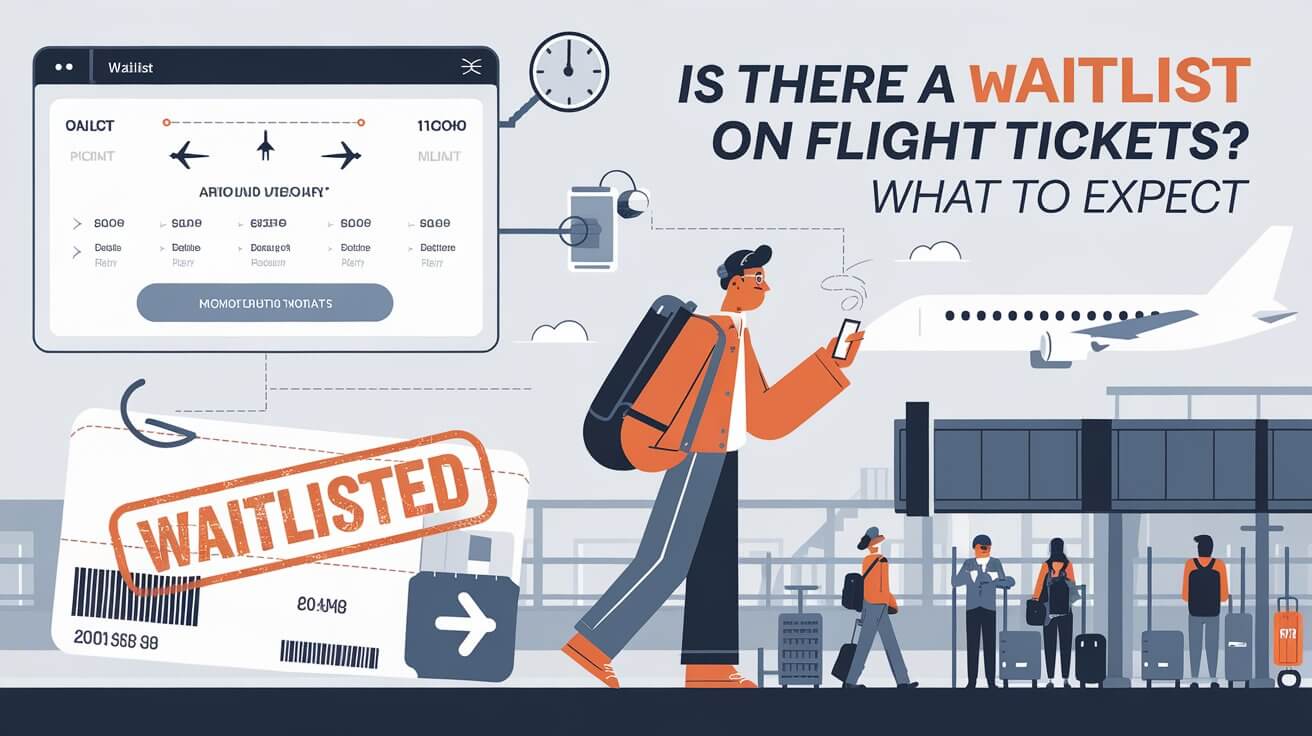
Airline waitlists are used when flights are full. They help manage demand when there are more people wanting to fly than seats available. This is common in the travel industry, like in airlines and hotels.
People are added to the waitlist based on when they asked for a seat. It’s like a first-come, first-served system. But, there’s no promise of getting a seat or room. This is because availability can change a lot.
The airline waitlist plays a crucial role in managing flight reservations. Understanding its functionality can assist travelers in making more informed plans.
Airline Waitlist Systems Explained
Airline waitlist policies and systems are key in the air travel world. Knowing how they work helps passengers deal with flight booking challenges. With electronic ticketing starting in 2008, waitlisting has gotten smoother.
When a flight is full, passengers might be offered a waitlist spot. They’ll be added to a list and told if a seat opens up. Airlines use different systems, but most mix old and new ways. For example, some use a special waitlist for certain passengers, making it easier to get a seat.
Traditional Waitlist Models
Older waitlist models are manual and slow. Yet, some airlines stick with them, mainly for certain classes. If these classes are full, passengers might waitlist, shown as “0” or “L.”
Digital Waitlist Platforms
Digital platforms are faster and more automated. They can handle many entries at once. How quickly a waitlist is processed depends on the airline’s tech setup.
Standby vs Waitlist Differences
It’s important to know the difference between standby and waitlist. Both are for when flights are full, but they work differently. Here’s a quick comparison:
| Option | Description |
|---|---|
| Standby | Passengers are placed on a list and notified if a seat becomes available, but there is no guarantee of a seat. |
| Waitlist | Passengers are placed on a list and notified if a seat becomes available, with a higher likelihood of securing a seat due to the use of non-group priority waitlist. |
Airline waitlist policies and systems are essential in air travel. By grasping the various waitlist systems, passengers can better plan their flights.
Major US Airlines Waitlist Policies
Major US airlines have their own rules for waitlists. Being on a waitlist means there are no seats or rooms available. Airlines like United and American have special rules for their waitlists.
United Airlines has different upgrade options for its MileagePlus Premier members. These include MileagePlus Upgrade Awards and Complimentary Premier Upgrades (CPUs). The priority for these upgrades depends on the Premier status, with Premier 1K members getting the highest priority. American Airlines, on the other hand, lets AAdvantage members earn Systemwide Upgrades (SWUs) to upgrade their tickets.
| Airline | Waitlist Policy | Upgrade Options |
|---|---|---|
| United Airlines | Premier status-based | MileagePlus Upgrade Awards, Complimentary Premier Upgrades |
| American Airlines | AAdvantage status-based | Systemwide Upgrades, upgrades with miles |
Knowing the waitlist policies of major US airlines helps travelers make better choices. By understanding the upgrade options and rules, passengers can boost their chances of getting upgraded.
How Flight Ticket Waitlists Function
When a flight is full, passengers can ask to be on a waitlist. This helps airlines manage when they can add more people. To join, you give your contact info and what you’re looking for in a flight.
The flight waitlist rules differ by airline, but most are first-come, first-served. This means signing up early can help you get a better spot. Also, waitlist priority often depends on when you signed up and what you asked for. Some people, like regulars or high-priority clients, might get a better spot.
Waitlist Priority Categories
There are a few waitlist priority levels, including:
- Priority based on when you signed up
- Priority based on what you asked for
- Priority for regulars or high-priority clients
Confirmation Timeframes
How long it takes to confirm a waitlisted flight varies. Airlines send out automated messages to help with booking. You’ll get updates on your waitlist status, including when you might get a seat.
| Waitlist Status | Description |
|---|---|
| HL | Waitlist status after transaction is completed |
| SS | Short sell transaction |
Familiarizing yourself with flight waitlist guidelines and priority regulations can enhance your travel planning. It can increase your chances of getting a seat on a full flight.
International Flight Waitlist Rules
International flight waitlist rules can be tricky and change a lot between airlines. For example, Singapore Airlines, All Nippon Airways (ANA), and Cathay Pacific often put people on waitlists. If a flight is full, these airlines might add you to the list. This gives you a chance to get a seat if someone cancels or doesn’t show up.
It’s key to know the waitlist rules for international flights to avoid last-minute problems. Here are some important points to remember:
- Premium award redemptions are often subject to waitlisting when redemption limits are reached.
- Waitlists can be canceled if not cleared 14 days before flight departure.
- Specific airlines have different waitlist confirmation rates, such as a 20-30% chance for Singapore Airlines waitlisted flights to be confirmed.
Also, keep in mind that canceled flight redemptions can affect waitlist availability. For instance, getting a business class seat on Singapore Airlines might need 107,000 KrisFlyer miles. A Premium Economy ticket requires 56,250 KrisFlyer miles. Knowing these rules can help you better plan and increase your chances of getting the seat you want.
Loyalty Program Benefits for Waitlisted Tickets
Loyalty programs can greatly help when dealing with waitlisted tickets. For example, having elite status can give you priority access to waitlists. You might also get free upgrades and more ways to use your miles. Airlines like Singapore Airlines offer special perks, like the chance to waitlist for award tickets, if you have enough miles.
Some key benefits of loyalty programs for waitlisted tickets include:
- Elite status advantages, such as priority access to waitlists and complimentary upgrades
- Miles redemption options, allowing members to redeem miles for award tickets
- Partner airline considerations, providing access to a wider range of flights and routes
For instance, Singapore Airlines’ KrisFlyer program lets members waitlist for award tickets. You need at least 107,000 miles for a Saver award and 128,500 miles for an Advantage award. KrisFlyer members also get better access to award tickets than some other partners like Alaska Airlines and Aeroplan.
| Airline | Minimum Miles Required | Award Ticket Type |
|---|---|---|
| Singapore Airlines | 107,000 | Saver Award |
| Singapore Airlines | 128,500 | Advantage Award |
Understanding the loyalty program benefits for waitlisted tickets, travelers can make the most of their miles and elite status. This increases their chances of getting the flights they want.
Alternative Options When Waitlists Fill Up
When a waitlist is full, it’s key to look for other ways to get where you need to go. If the waitlist is closed, you must act fast. This is because no more actions can be taken.
Some options to think about are:
- Booking a different flight with available seats
- Choosing a different travel date or time
- Considering a different airline or route
Flights with the same travel time can have different statuses. For instance, a flight from Manila to Singapore takes 3 hours 45 minutes. It can be either Reserved or Waitlisted. Always check your flight’s status and look for other options if the waitlist is full.
Some airlines let you hold reservations until the ticketing deadline. This is a good alternative if the waitlist is full. It’s wise to ask the airline about their waitlist rules and how they work.
| Flight Route | Total Travel Time | Status |
|---|---|---|
| Manila to Singapore | 3 hours 45 minutes | Reserved |
| Singapore to Brisbane | 8 hours | Waitlisted |
| Manila to Singapore | 3 hours 45 minutes | Waitlisted |
| Singapore to Brisbane | 8 hours | Reserved |
Business Class and First Class Waitlist Strategies
Flying in style means using smart strategies for business and first class seats. For example, United Airlines’ mixed cabin flights can boost your chances of an upgrade. If there’s room, you might get upgraded from economy to premium class.
To boost your upgrade chances, knowing the upgrade rules and corporate travel policies is key. Airlines like Singapore Airlines have special rules for waitlisting. You need at least 107,000 KrisFlyer miles and must request the waitlist 21 days before your flight. You also need to clear the waitlist 14 days before your trip.
Upgrade Priority Systems
- Understanding the airline’s upgrade priority system can help increase the chances of a successful upgrade.
- Some airlines prioritize elite status holders or those who have purchased a higher fare class.
- Being flexible with travel dates and times can also improve the chances of an upgrade.
Corporate Travel Policies
Corporate travel policies are also important for getting a business or first class seat. Many companies have deals with airlines that include perks like upgrades. Knowing these policies and working with a travel manager can help you fly in style.
Common Mistakes to Avoid with Flight Waitlists
When dealing with flight waitlists, it’s key to know common mistakes. These can hurt your chances of getting a seat. One big mistake is not knowing the waitlist rules of different airlines.
For example, Singapore Airlines lets you waitlist for Saver and Advantage awards. But, Spontaneous Escapes awards can’t be waitlisted.
Another error is not having enough miles to join a waitlist. Some airlines require enough miles to cover the award ticket. Also, not knowing when waitlists get cleared can cause you to miss out. United Airlines, for instance, checks waitlist requests anytime from booking to the travel date.
To steer clear of these mistakes, it’s important to:
- Know the waitlist rules of the airline you’re flying with
- Have enough miles to join a waitlist
- Understand when waitlists get cleared
- Don’t just rely on waitlists; look for other options too
Knowing these tips and avoiding common mistakes, you can boost your chances of getting a seat on a flight waitlist. Remember, being on a waitlist doesn’t mean you’ll get a seat. But, being ready and knowing the process can really help.
Endnote
The airline waitlist system is complex and needs a smart approach to get through. Whether you’re booking a seat in economy, business, or first class, knowing the rules is key. It helps you increase your chances of getting a seat.
Using loyalty programs, keeping an eye on waitlist updates, and avoiding common errors can help. This way, you can beat the odds and finish your trip as planned. The flight ticket waitlist might seem tough, but with careful planning and flexibility, you can have a smooth trip.
Airline waitlist is a useful tool, but it takes patience and understanding. By staying informed and proactive, you can use the waitlist to your advantage. This makes your travel planning more flexible and easier.
